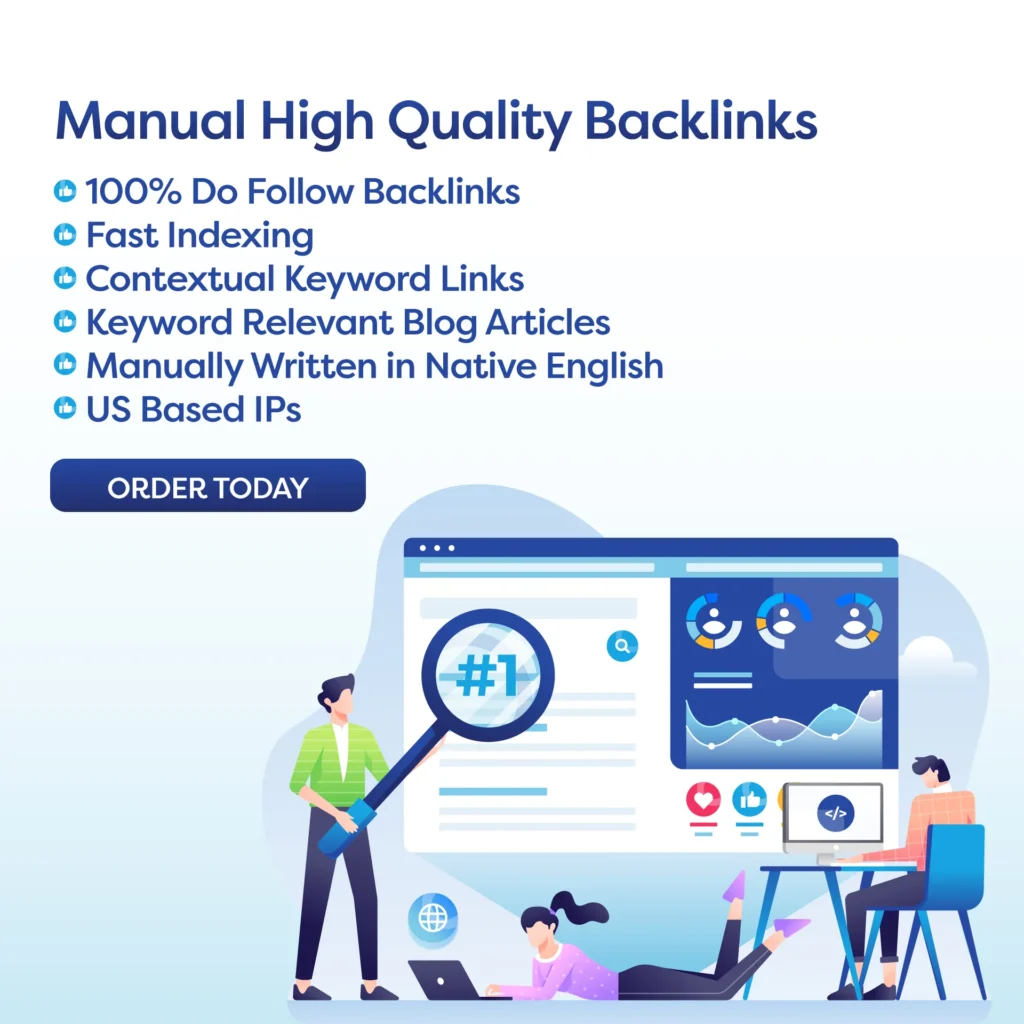Mobile Optimization: Capture the Mobile Audience
In today’s digital age, it is no secret that mobile devices have become an integral part of our daily lives. From checking emails to online shopping, people are increasingly relying on their smartphones and tablets for various tasks. As a result, mobile searches have been on the rise, and businesses need to adapt to this trend by optimizing their websites for mobile devices.
What is Mobile Optimization?
Mobile optimization is the process of creating a website that is specifically designed to provide an optimal user experience for mobile device users. This includes making the website visually appealing, easy to navigate, and fast to load on smaller screens.
Why is it Important?
With the increasing use of mobile devices, it has become crucial for businesses to have a mobile-friendly website. Not only does it cater to the needs of mobile users, but it also has a significant impact on a company’s online presence and search engine rankings.
Improved User Experience
A user-friendly mobile website can significantly enhance the overall user experience. A well-optimized site is easy to navigate, loads quickly, and is visually appealing. This can lead to increased engagement and a higher chance of conversion, as users are more likely to stay on a website that is easy to use.
Higher Search Engine Rankings
Search engines like Google have started prioritizing mobile-friendly websites in their search results. This means that having a mobile-optimized site can improve your chances of ranking higher in search engine results pages (SERPs). This is crucial because the majority of users tend to click on the top results, increasing the likelihood of them visiting your site.
Best Practices for Mobile Optimization
To ensure that your website is optimized for mobile devices, here are some best practices to keep in mind:
Responsive Design
A responsive design allows a website to adapt to various screen sizes, making it compatible with all devices. This means that your website will look good and function correctly on desktops, laptops, tablets, and smartphones.
Fast Loading Speed
Mobile users are often on-the-go and have limited time, which means they expect websites to load quickly. To improve loading speed, optimize images and reduce the number of HTTP requests on your site.
User-Friendly Navigation
Mobile users have limited screen space, so it is essential to have a clear and easy-to-use navigation menu. This will help users find what they are looking for quickly and improve their overall experience.
Mobile-Friendly Content
When optimizing your website for mobile, it is crucial to consider the content as well. Use shorter paragraphs, larger fonts, and minimal images to make it easier for users to read on smaller screens.
The Bottom Line
In today’s mobile-driven world, having a mobile-friendly website is no longer an option but a necessity. By optimizing your website for mobile devices, you can provide a better user experience, improve your search engine rankings, and ultimately, attract and retain more customers. So, make sure to incorporate the best practices mentioned above and stay ahead of the competition!
Conclusion
Mobile optimization is a crucial aspect of having a successful online presence. As mobile searches continue to rise, businesses must adapt and ensure that their websites are optimized for mobile devices. By following best practices and providing a user-friendly experience, businesses can capture the attention of the mobile audience and stay ahead in the digital world.
